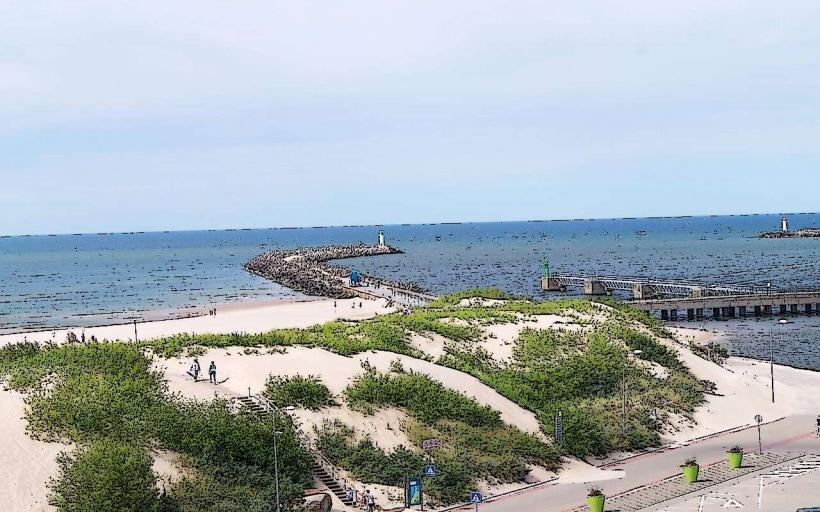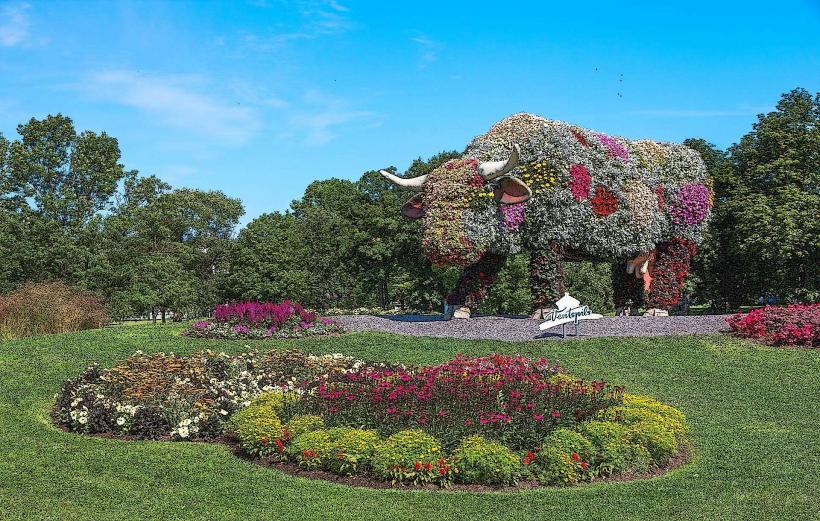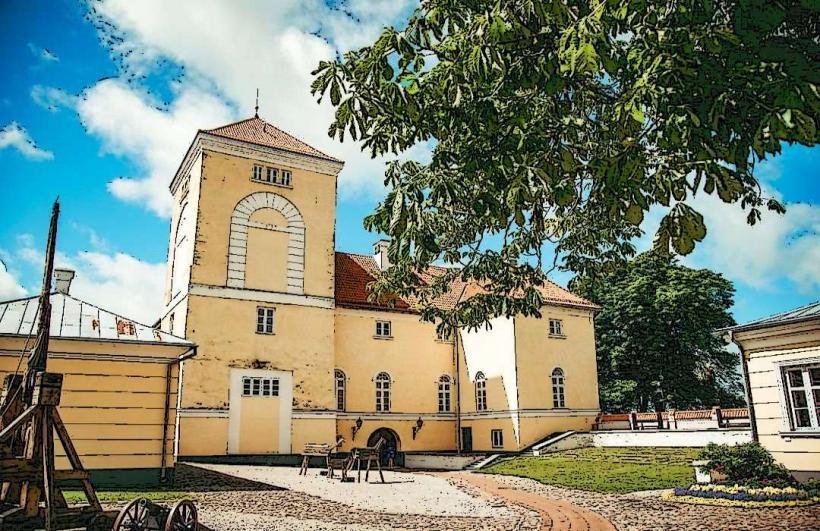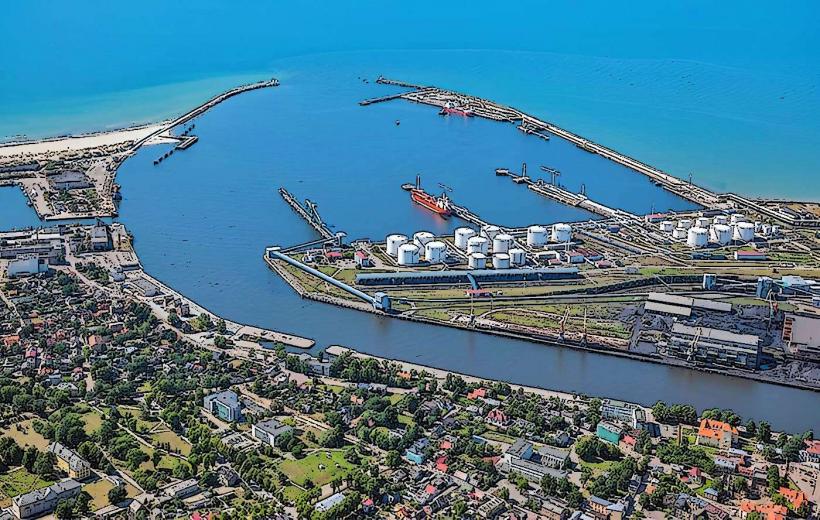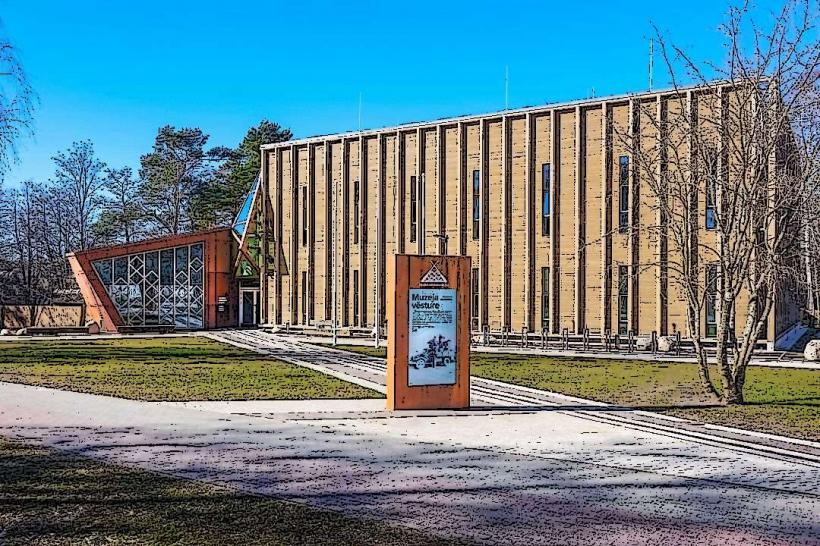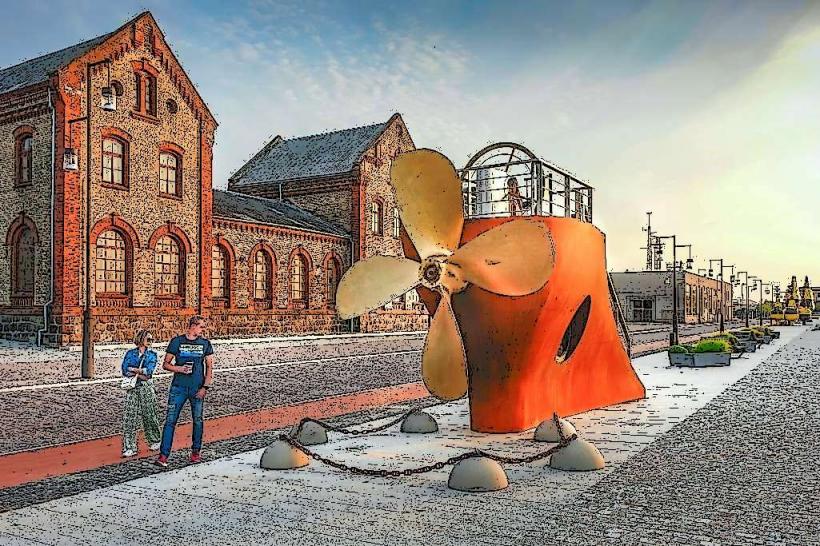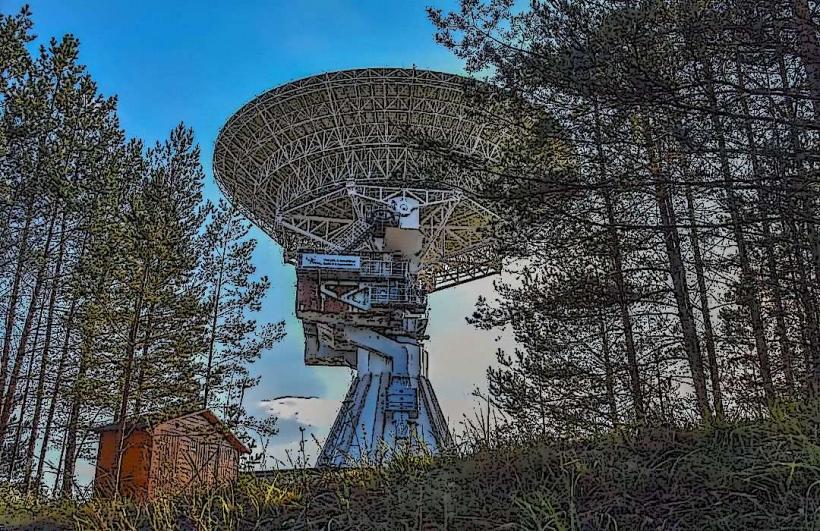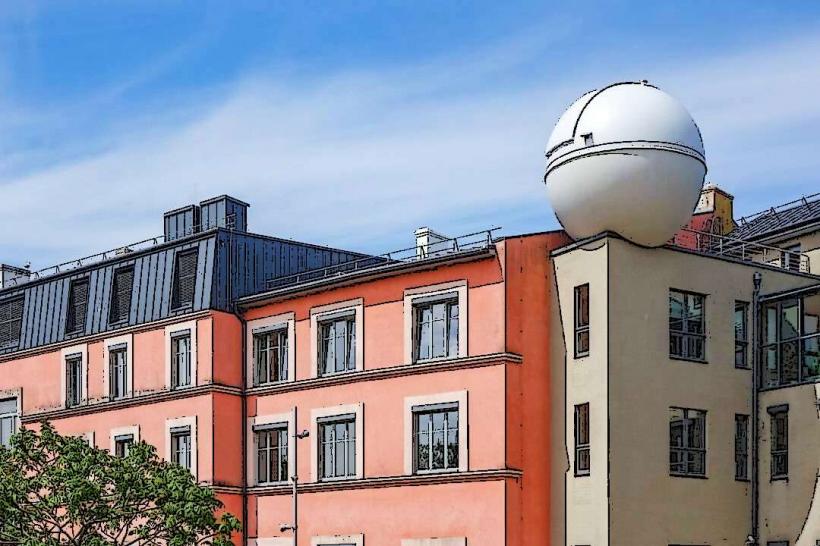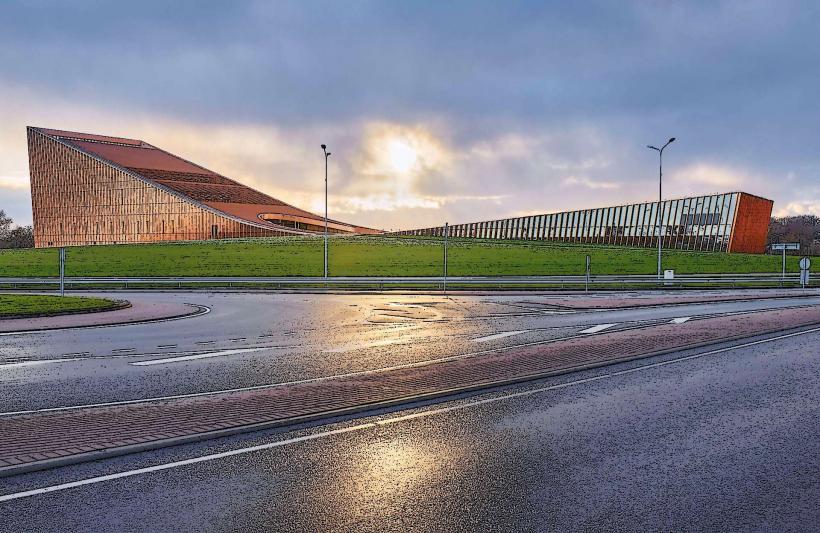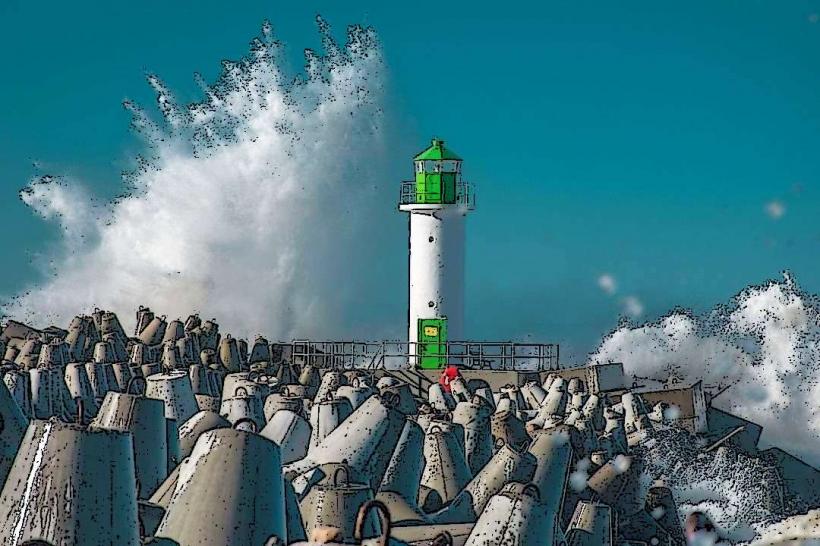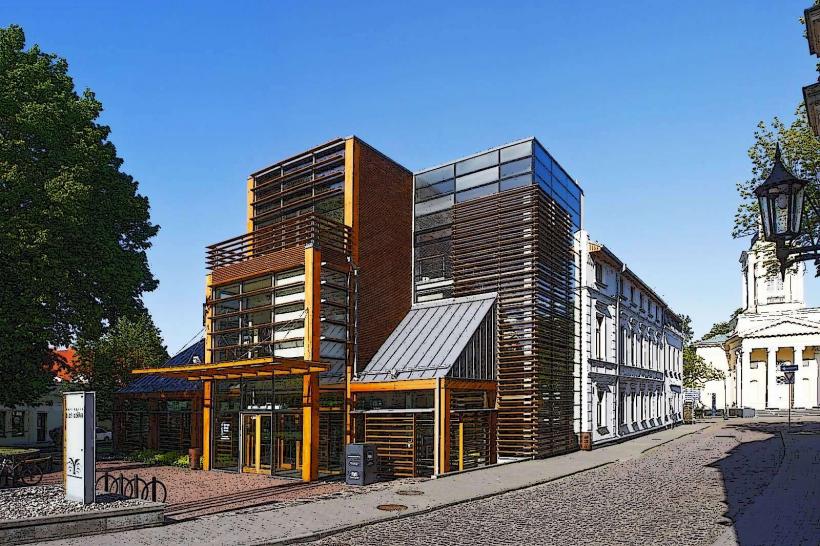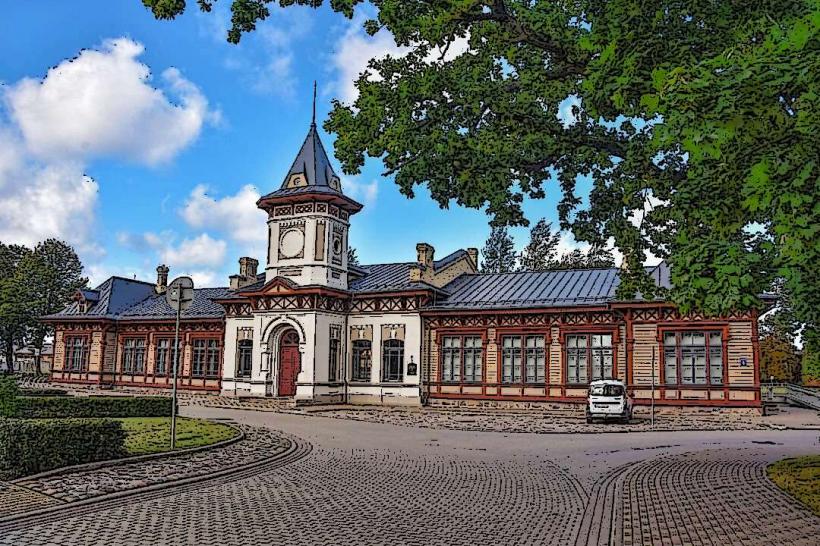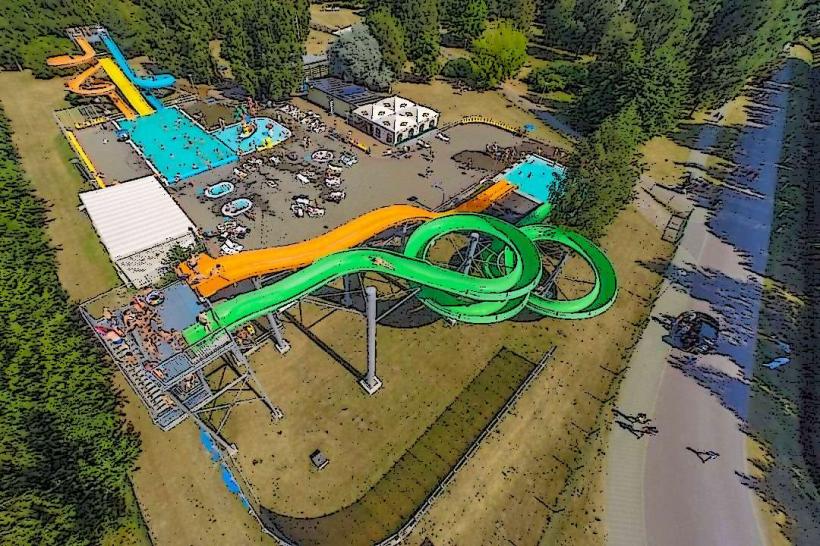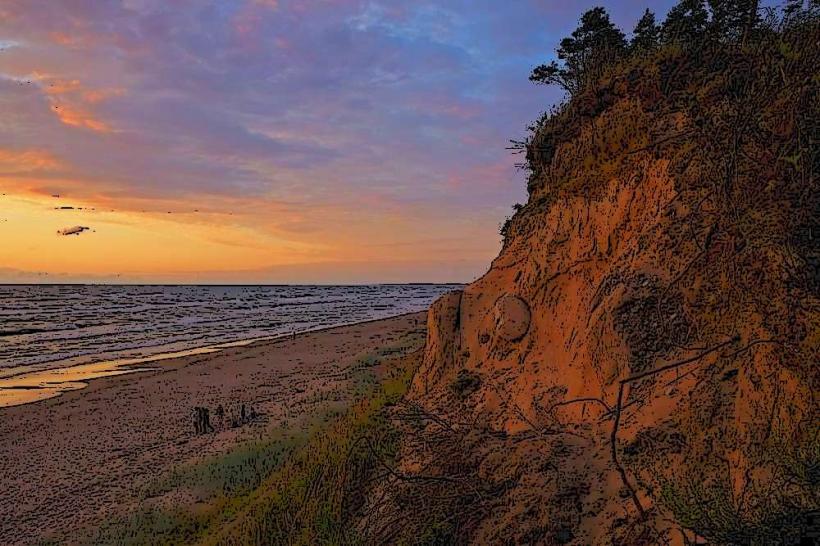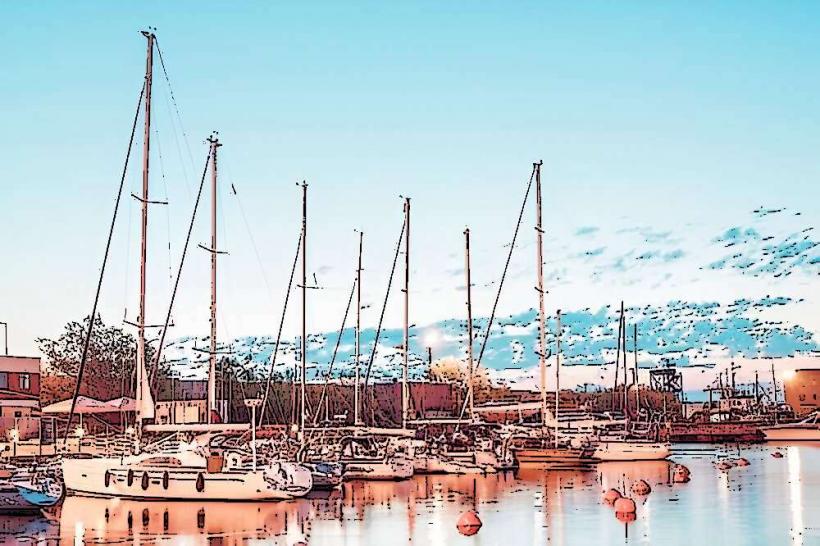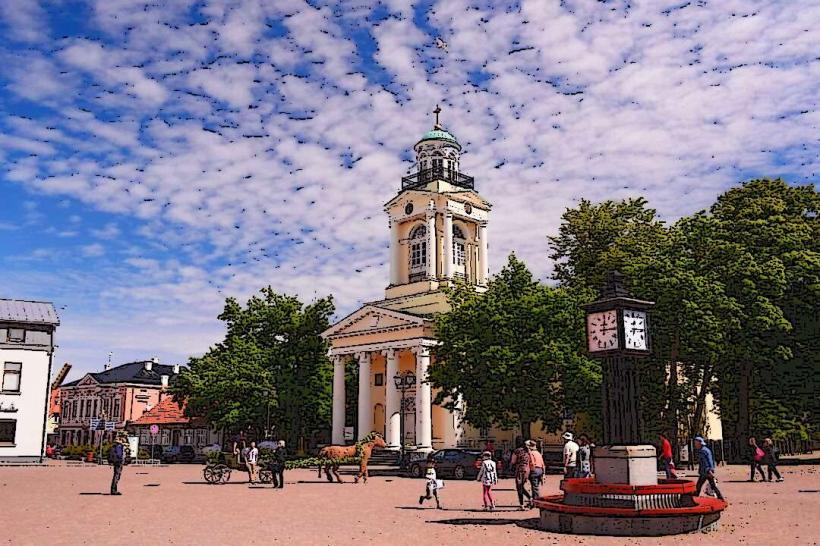Information
Landmark: Ventspils WindmillCity: Ventspils
Country: Latvia
Continent: Europe
The Ventspils Windmill (Ventspils vējdzirnava) is a historical and cultural landmark located in the city of Ventspils, Latvia. The windmill is an iconic symbol of the region's agricultural heritage and serves as an important piece of local history. It has become a popular tourist attraction, providing visitors with insights into traditional Latvian windmill design and its role in the region's past.
Key Features of the Ventspils Windmill
Historical Significance:
- The Ventspils Windmill dates back to the 19th century, a time when windmills were commonly used in Latvia for grinding grain, particularly wheat and rye. The windmill played an essential role in the rural economy by providing a reliable method of milling grain into flour for local consumption.
- The mill is a post windmill, which was a common type of windmill in Latvia during the 18th and 19th centuries. These mills were characterized by a rotating structure that allowed the sails to be positioned into the wind to capture its power.
Restoration and Preservation:
- The Ventspils Windmill has been carefully restored and preserved over the years, maintaining its historical appearance and functionality. The restoration efforts have helped ensure that the windmill remains a key attraction for visitors interested in Latvian history and traditional farming practices.
- The windmill is part of the Ventspils Open Air Museum and is one of several preserved structures that showcase the region’s traditional rural architecture.
Cultural Symbol:
- The windmill is a prominent symbol of the Ventspils region's agricultural heritage and is often associated with the city's historical development. It represents the connection between the city and the surrounding countryside, where farming and milling played vital roles in the local economy.
- The windmill is also a cultural icon, reflecting the historical and cultural identity of the Ventspils area. It is frequently used in local festivals and events, adding a traditional element to the city’s celebrations.
Visitor Experience:
- The windmill is open to visitors, and they can take guided tours to learn about its history, the mechanics of its operation, and the importance of windmills in traditional farming communities.
- During tours, visitors can explore the structure and view the machinery used in milling grain, including the sails, grinding stones, and other components. The windmill provides a unique opportunity to experience how agricultural work was carried out in the past.
- The surrounding area is also designed to showcase elements of traditional rural life, with educational exhibits and displays that highlight the history of agriculture in the region.
Location and Surroundings:
- The Ventspils Windmill is situated in a scenic location, providing visitors with a peaceful atmosphere where they can appreciate both the natural surroundings and the historical significance of the site.
- The windmill is located near other attractions in Ventspils, such as the Ventspils Open Air Museum, the Seaside Promenade, and the Ventspils Seaside Park, making it a convenient stop for tourists exploring the city.
Educational Value:
- The windmill offers educational value for both children and adults, as it provides a tangible connection to Latvia’s agricultural past. The windmill helps educate visitors about traditional farming methods, the role of windmills in rural communities, and how the industrial revolution changed the landscape of agriculture.
- It also offers a unique perspective on how sustainable energy from natural resources, such as wind, was harnessed long before modern technologies.
Photography and Scenic Views:
- The Ventspils Windmill is a picturesque landmark, offering great opportunities for photography. The traditional architecture and scenic surroundings make it a popular spot for visitors who enjoy taking photos of historical structures.
- The windmill is often photographed against the backdrop of the Latvian countryside or the Ventspils Seaside, adding a layer of natural beauty to the historical context.
Conclusion
The Ventspils Windmill is not only a historic structure but also a valuable cultural asset that showcases the region’s agricultural history and traditions. It offers visitors an opportunity to learn about the past while enjoying a scenic and peaceful experience. Whether you’re a history enthusiast, a photography lover, or simply curious about traditional Latvian life, the Ventspils Windmill is a must-see landmark in the city. Its well-preserved design and educational exhibits make it an essential part of Ventspils' cultural and historical landscape.

